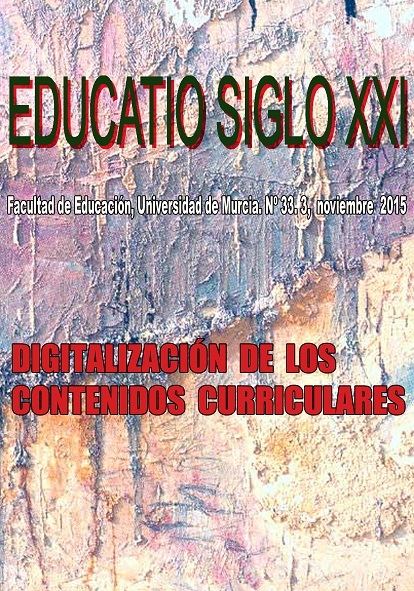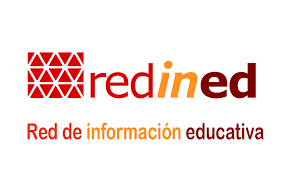Creating digital curricular contents of Social Sciences for Primary Education. A TPACK experience for future teachers
Abstract
The introduction of Information and Communication technologies (ICT) in the classrooms has generated a series of changes in the approaches to the teaching–learning process. This has evolved into the appearance and development of many technologies and emergent pedagogies at the service of the teacher. It is necessary to encourage teacher training on ICT through the interaction of three great dimensions: discipline, pedagogy and technology. The main objective of this paper is to evaluate the perception of a group of 82 students of the subject “New methodologies for the teaching of History”, part of the Degree of Teacher of Primary Education at Albacete, in which, from the TPACK model as an intervention approach, they had to create their own materials and digital contents. The research developed has been described, following a mixed model, including characteristics from qualitative and quantitative models. The methodology of intervention was applied from an active and dynamic approach, based on Learning Based in Problems and on the TPACK model. The results have shown high values on the organization of the subject, the methodology applied, the quality, and the usefulness of the technological tools used. The results also highlight the benefits of fostering teacher training on ICT aimed at creating self-production of digital contents in teacher initial training.Downloads
-
Abstract4906
-
PDF (Español (España))2602
Original work publishes in this journal is subject to the following terms:
1. Murcia University Press (the publishing house) holds the copyright of the publishes work, and favours and allows their reutilization under the use license stated in point 2.
© Servicio de Publicaciones, Universidad de Murcia, 2015
2. Work is published in the electronic edition under a license (Creative Commons Reconocimiento-NoComercial-SinObraDerivada 4.0 España (legal text). They can be copied, used, disseminated, transmitted and publicly presented, as long as: i) authorship and original publication source is acknowledged (journal, publishing house and URL of the work); ii) are not used for commercial purposes; iii) the existence and specifications of this use license is stated.
3. Conditions for self-archive. Authors are allowed and encouraged to disseminate electronically the pre-pint (before review) and/or post-print (accepted for publication) versions of their work before their publication since that favours earlier circulation and dissemination resulting in an increased chance for the authors to be cited and for the work to reach a bigger share of the academic community. Colour: RoMEO: green.








